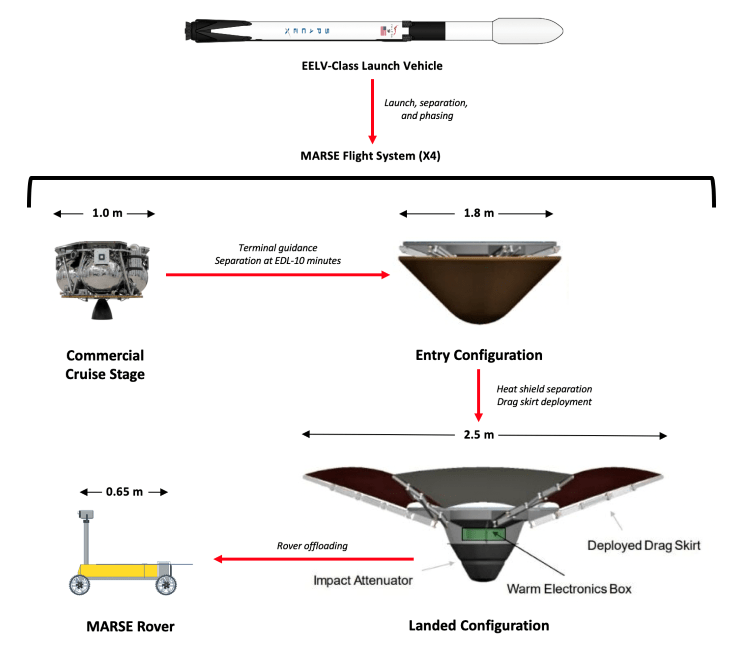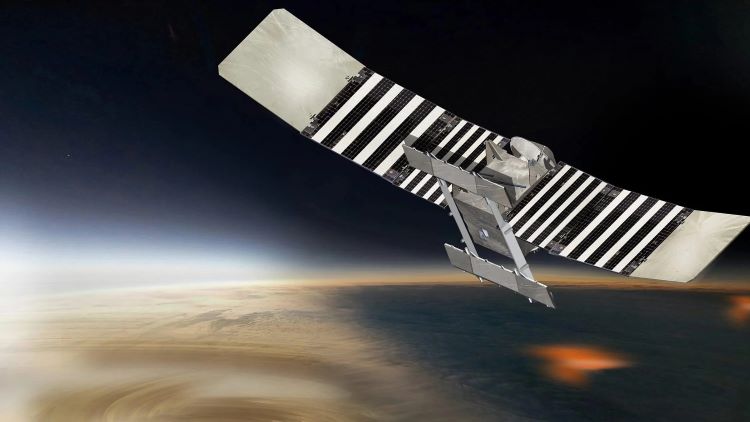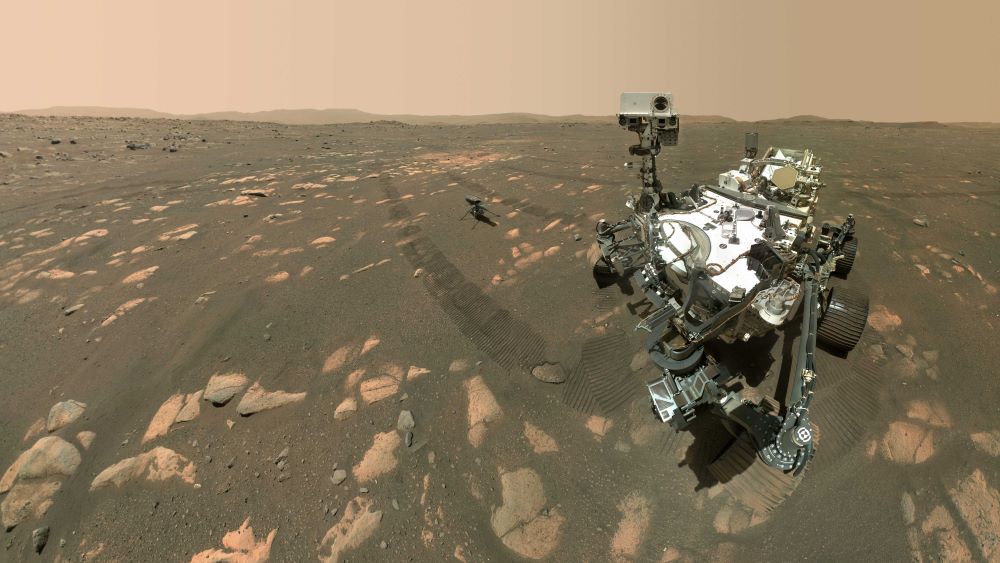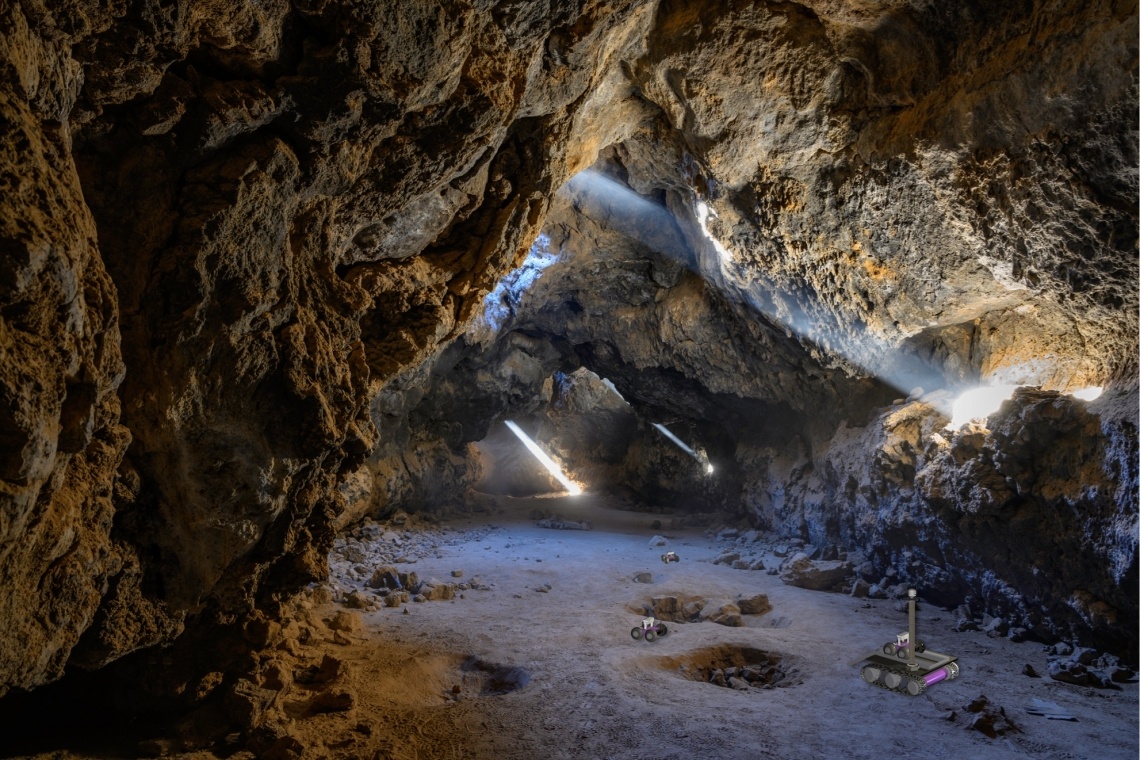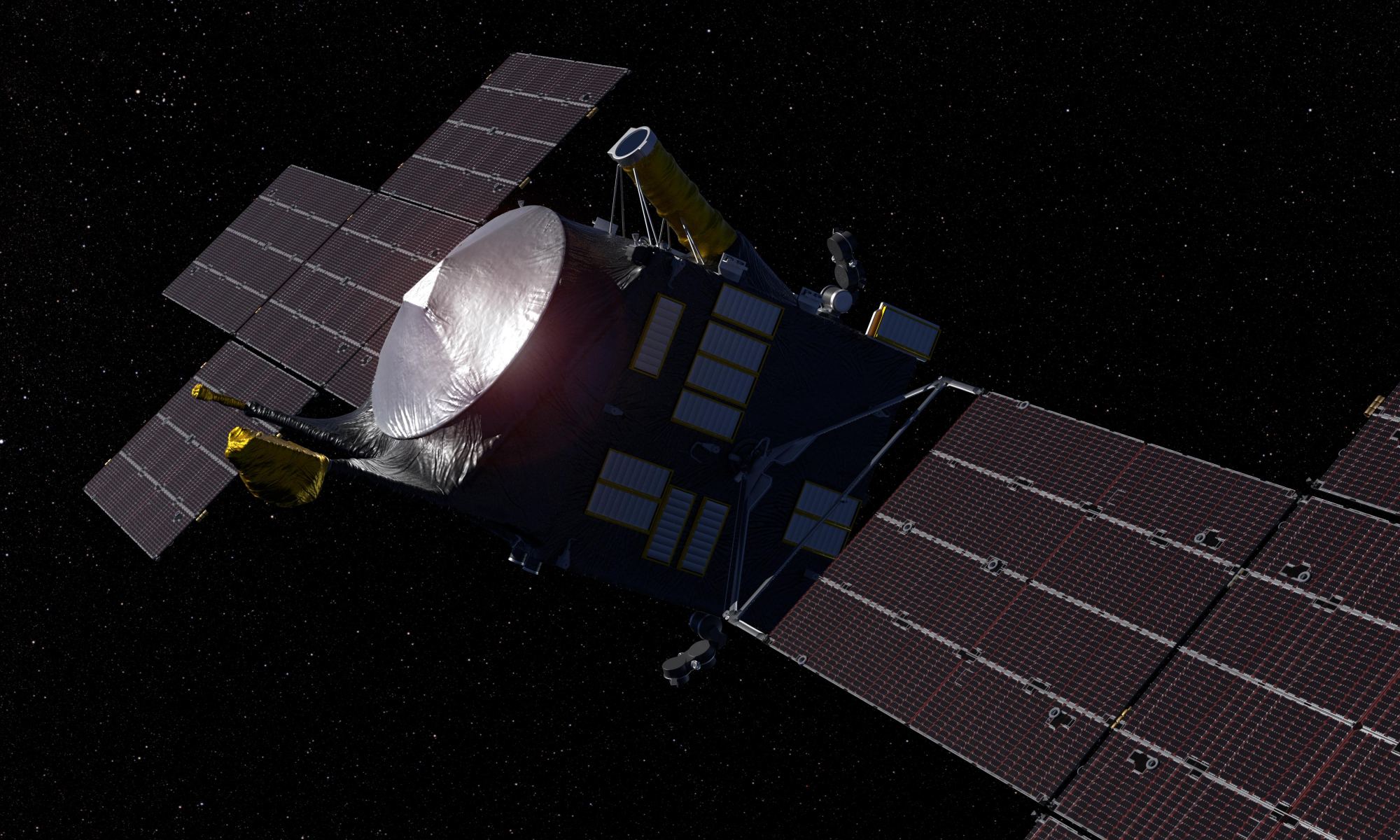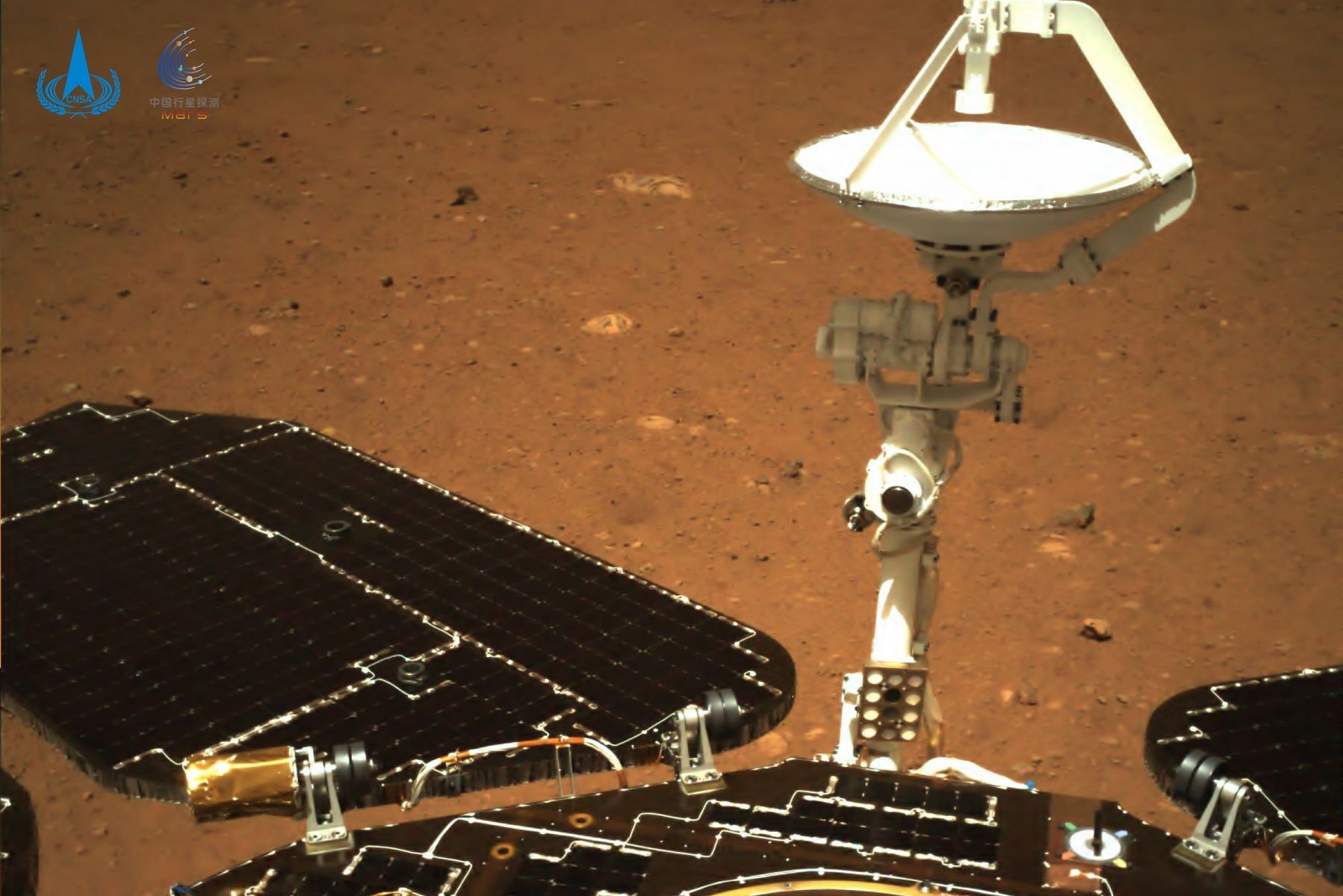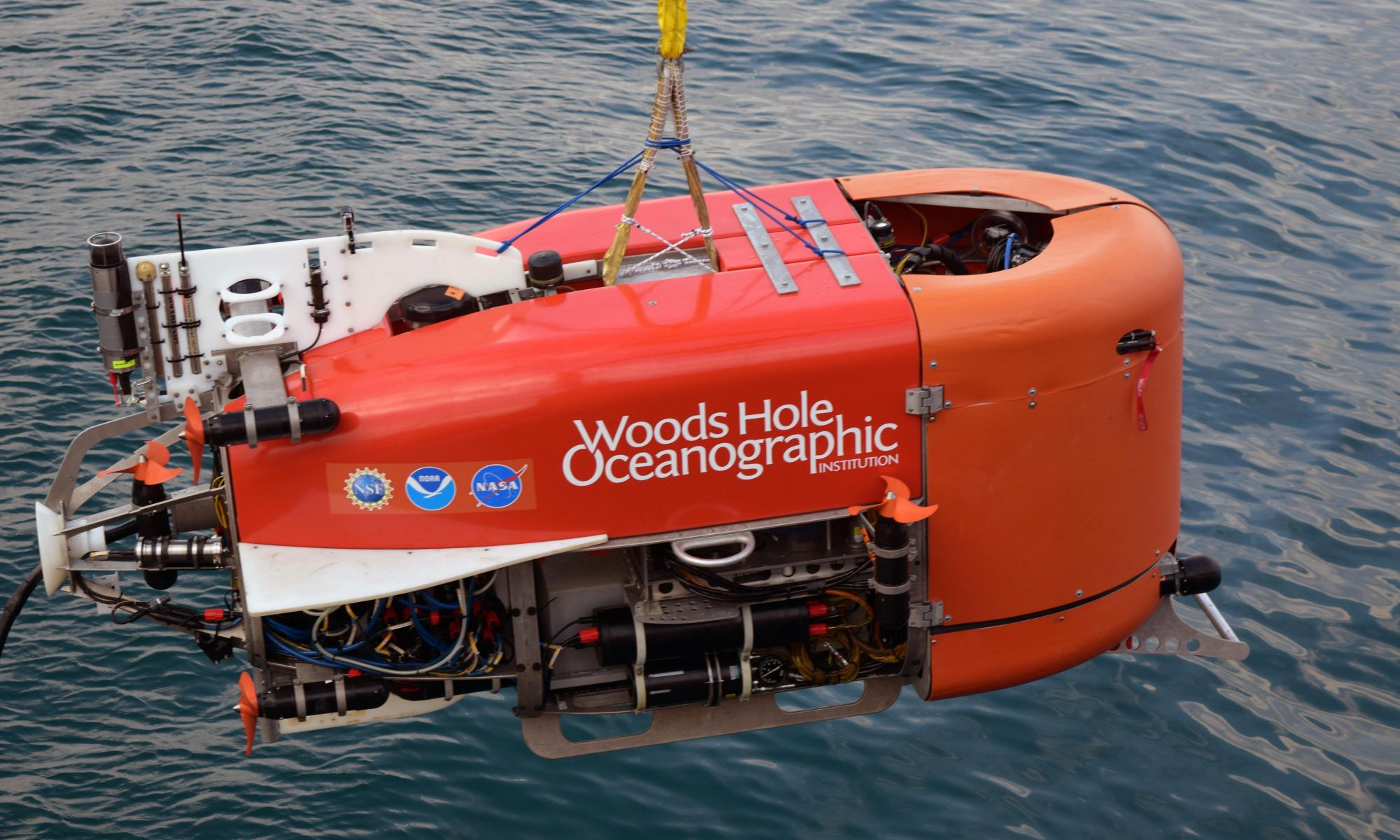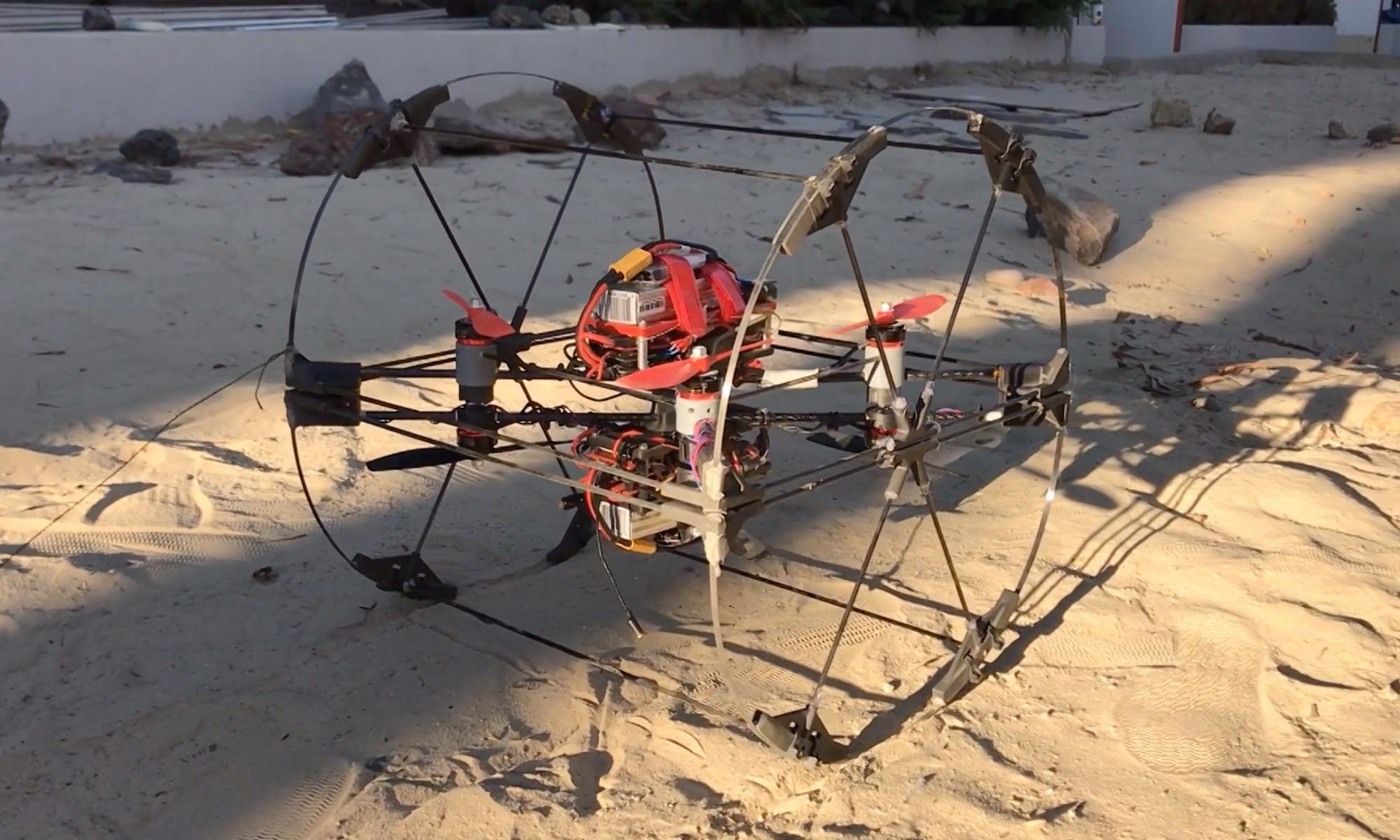How will future robotic explorers navigate the difficult subterranean environments of caves and lava tubes on the Moon and Mars? This is what a recent study published in Science Robotics hopes to address as a team of researchers from Stanford University investigated the use of a novel robotic explorer called ReachBot, which could potentially use its unique mechanical design to explore deep caves and lava tubes on the Moon and Mars in the future.
Continue reading “Moon and Mars cave exploration could be easier with ReachBot”Moon and Mars cave exploration could be easier with ReachBot


